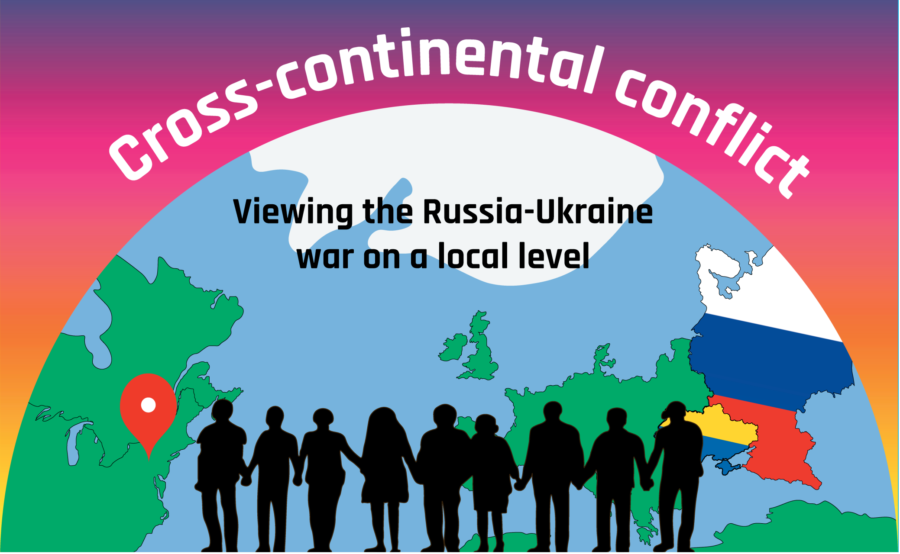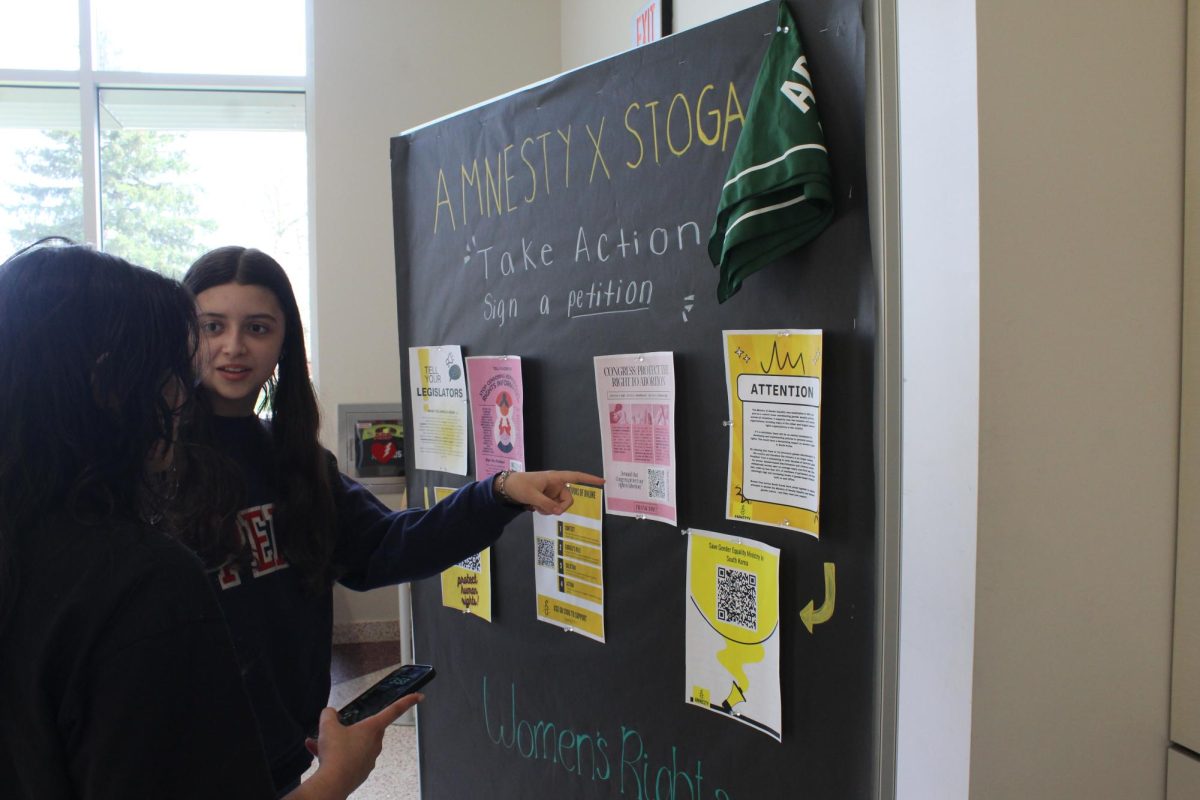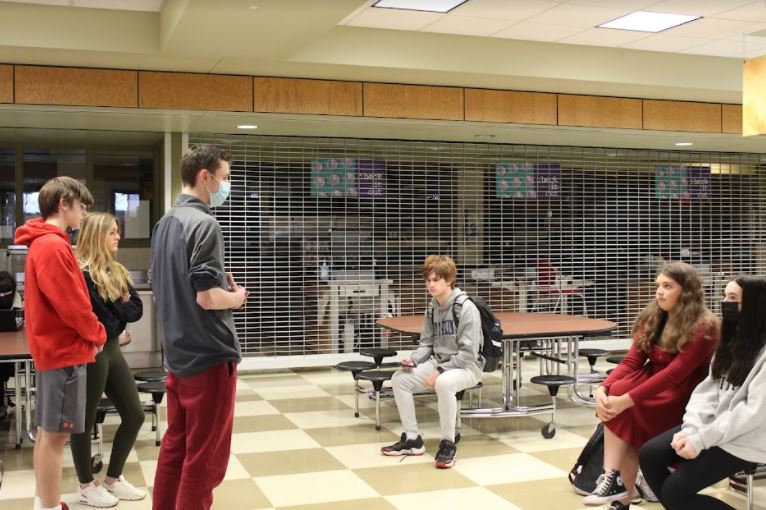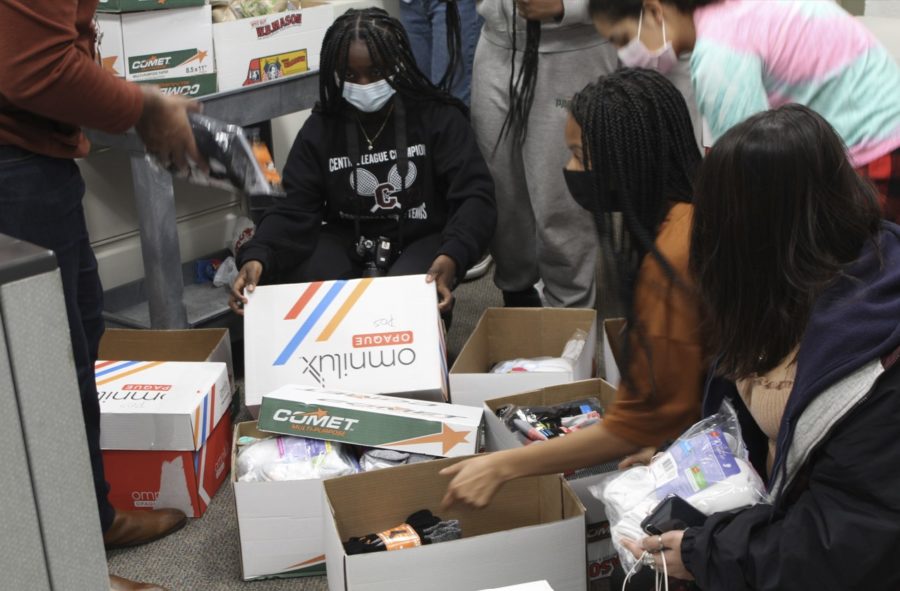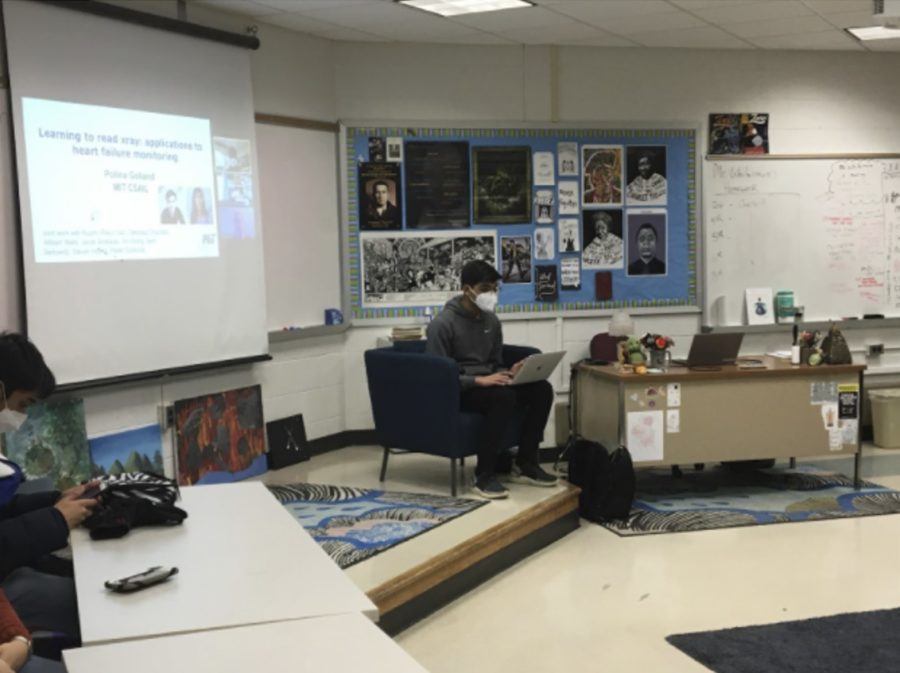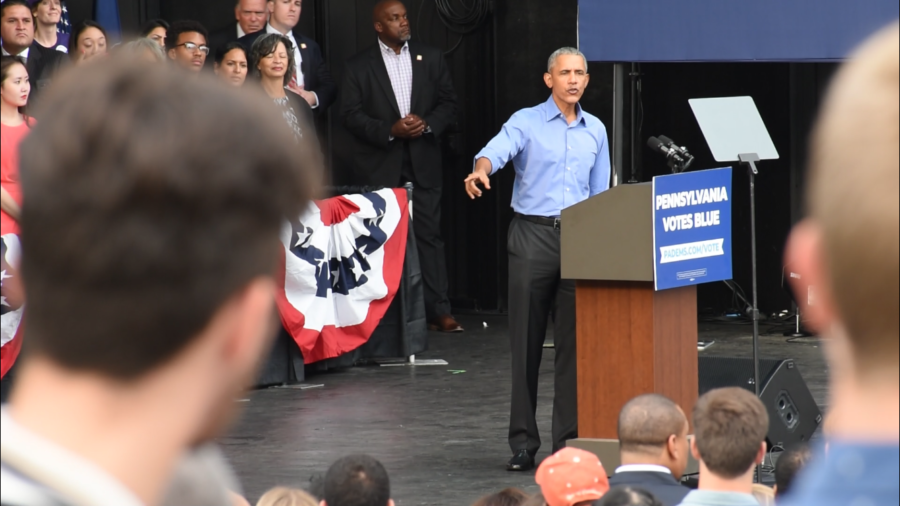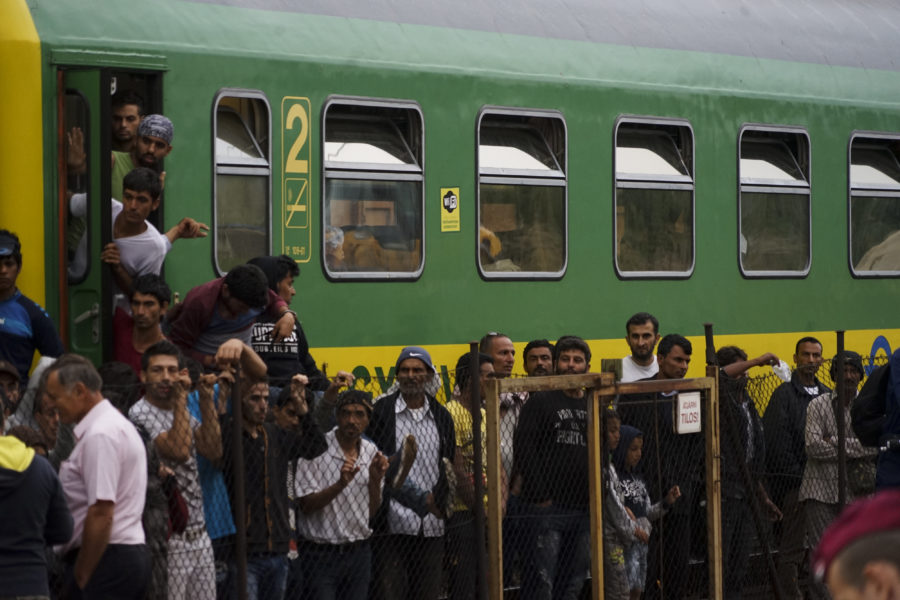By Claire Guo, Staff Reporter
With almost instantaneous media coverage worldwide, it is now easier than ever for the American public to learn the nitty-gritty details of global events. However, ongoing issues like the Syrian refugee crisis don’t fade as quickly as their mainstream media coverage seems to. Continuous updates don’t usually reach the majority of the population, and the issue seems to fade away.
Understandably, there are endless current events, and it is impossible to keep ourselves up to date on all of them. The Spoke is here to outline where recent global crises are today.
Note: Each issue has an intricate context behind it. Brief backgrounds are included, but you can skip to “Current Status” to get straight to the point. Bolded phrases summarize the key points of each update.
Syrian Refugee Crisis
Background: The Syrian Refugee Crisis is two-part: the civil war within Syria that has forced its citizens to flee, and the consequent search for asylum countries and homes.
The Syrian civil war stems from a conflict between those supporting and those opposing the regime of Syrian President Bashar al-Assad. Though they do hold elections – almost all with unopposed ballots – the Assad family has maintained authoritarian rule since 1971, censoring and arresting those who speak against the government. It was in early 2011 that such arrests began the Syrian Refugee Crisis. Following the arrest and torture of young students for anti-government graffiti, protestors marched to the Syrian capital and demanded democratic reforms. Government forces responded with violent suppression, opening fire and unleashing water cannons and tear gas. By July, hundreds of thousands across the country were taking to the street. The emergence of armed Kurdish ethnic minority and jihadist militarist group ISIS further complicated the conflict. Civilians became refugees in an effort to escape the violence between fractured rebel, extremist, and government forces.
Current Status: March 2017 marks the 6th year anniversary of the beginning of the Refugee Crisis. According to the United Nations Refugee Agency, an estimated 13.5 million people remain in need in Syria. The problem has not gotten better, but steadily worse.
On April 4, chemical bombings on a rebel-held area in Syria killed at least 80 people and injured hundreds more. The victims exhibited symptoms consistent with a reaction to a (chemical) nerve agent. The Assad regime has denied any responsibility and is supported by the Russian and Iranian governments. But according to the United States and the United Kingdom, the Syrian government (which is equivalent to the Assad regime) is the only group with the capability and motive for such an attack.
The airstrike poses similarities to the 2013 Ghouta chemical attack, which killed as many as 1700 people. At that time, the UN stated that the attack required expertise and likely had access to the Syrian military’s chemical weapon stockpile, meaning all fingers pointed to the Assad regime’s guilt. Assad continued to blame rebels for the attack, but agreed to relinquish all of the government’s chemical weapons. Today, many countries accuse the regime of retaining some of their chemical supply.
Under Trump’s orders, U.S. warships launched 59 cruise missiles at the airbase US officials believe to be responsible for the chemical attacks. Since this is the first direct military action against the Assad regime, it represents the increasing involvement of the United States in the Syrian Civil War. Previously, it had focused on fighting the terrorist group ISIS (see below). If war does break out — a possibility, however unlikely — it will pit the United States and the United Kingdom against Syria, Russia, and Iran.
The search for refugee asylum is just as complicated. While Germany continues to maintain an open-door policy, that is far from the norm. Refugees applying for asylum currently face years before resettlement and unknown lengths of time before they can return to a safe Syria. The United Kingdom and United States have some of the lowest caps on their refugee allotments, which are further complicated by Brexit (see below) and President Donald Trump’s executive orders, respectively.
Trump’s most recent travel ban, issued March 6, named Syria as one of the six countries from which immigrants would be barred for 90 days, but has been delayed by the rulings and lawsuits of different federal judges. No further developments have occurred, so we’ll have to wait for the final say on America’s refugee involvement.
A Deeper Look:
A more personal account of how refugees are adapting to life in Canada
Trump’s revised travel ban, straight from the White House
All-encompassing analysis of the Syrian Refugee Crisis
ISIS
Background: Only pages and pages of background could adequately explain the complex issue of ISIS’ emergence. Here’s what you need to know.
- ISIS stands for Islamic State in Iraq and al-Sham, and is also referred to as ISIL or IS.
- As an “Islamic State,” ISIS claims to be a caliphate and claims to hold religious and political authority over all Muslims. They are also Sunni and violently conflict with the Shia sect of Islam.
- The caliph, or leader, of a caliphate is considered a religious successor to the Islamic prophet Muhammad. Abu Bakr al-Baghdadi is the leader of ISIS and has proclaimed himself a caliph.
- ISIS interprets the Quran (the holy text of Islam) literally and bases its extreme violence on Muhammad’s early followers, which date as far back as the seventh century. The first caliphate spread mostly by violent military conquest and ISIS members justify many of ISIS’ violent actions through historic examples in the Quran.
- ISIS has violently conquered large parts of eastern Syria and western Iraq. (mapping)
- Part of ISIS’ motivations includes the liberation of Sunnis in Iraq. The Shia-dominated government does not grant political rights to its Sunni citizens.
- ISIS was partly founded by collaborators of al-Qaeda, but has since become its rival, reflecting ideological differences.
- Oil extraction, taxation and extortion are ISIS’ primary sources of income.
- ISIS uses modern social media sites to explain their motives and plans, as well as to recruit more followers.
- Thousands of “foreign fighters” living in numerous countries across the globe – including the United States, the United Kingdom and Russia – are joining ISIS, citing reasons such as the defense of the Sunni sect and fighting Syrian President Assad’s regime (see Syrian Refugee Crisis above).
- The large majority of Muslims does not support ISIS. (study/survey)
Current Status: ISIS is currently losing ground, partly due to US-led coalition forces. When Trump took office, the Pentagon sent him a “preliminary framework” for future strategies regarding the destruction of ISIS (upon Trump’s request). He has not yet released this plan, though we know that he will be increasing the number of troops sent to Iraq.
The fight is currently centered around ISIS-occupied Mosul, Iraq’s second-largest city, where U.S. airstrikes have produced a claim of extensive civilian casualties. If the residents of Mosul and human rights organizations are correct, then the U.S. airstrike this March 17 could have killed more than 200 civilians – the highest death toll in 26 years.
Though the claims are being investigated, it is unclear whether this has any correlation with Trump’s presidency and methods. ISIS was already retreating under Obama’s administration, and Obama was hesitant to heavily increase military involvement, considering the long, drawn-out conflict the Iraq War turned out to be. According to officials – since the plan has not been released – Trump’s plan resembles Obama’s in its methods, but is an “intensification.”
ISIS continues to retreat, Trump’s plan remains hidden, and more U.S. troops fly to the conflict in Iraq.
A Deeper Look:
How ISIS began inside an Iraqi jail run by Americans
An objective analysis of ISIS’ goals, methods and how the US should respond
The Atlantic asks enlisters why they joined ISIS
Foreign fighters by the numbers
How ISIS justifies its violence
Opinion/Analysis: Trump will defeat ISIS
Opinion/Analysis: Trump is dragging us into another Iraq
Brexit and Consequences
Background: On June 23, 2016, the United Kingdom (UK) government held the Brexit referendum, meant to gauge support for the UK leaving or remaining a member of the European Union (EU). Essentially all UK citizens of age were eligible to vote; a turnout of 33.5 million votes resulted in 51.9% of voters supporting withdrawal from the EU.
Note: While 51.9% is the majority, the fact remains that 16 million citizens voted against leaving. Despite the term Brexit – Britain exit – it is the entire UK that would leave the EU. Since the large majority of Scotland and Northern Ireland voted to remain in the EU, many see it as unfair that both countries would be forced to face the economical and political complications of leaving the EU.
The motives behind Brexit are many, and it is difficult to argue which is the most prominent. According to a poll by billionaire conservative Michael Ashcroft, 49% of leave voters said “the principle that decisions about the UK should be taken in the UK” was the main reason for their vote. The chance for the UK to “regain control over immigration and its own borders” was the main reason for 33% of leave voters – under EU law, any EU member state citizen can move and work in any other member state. Britain has consequently experienced a rapid influx of immigration. Moreover, that statement also encompasses the regulation of refugees from Syria and non-member states.
The bottom line? Leave voters believe leaving the EU gives the UK the best chance to forge autonomy in their foreign policy and identity.
Current Status: In order to leave the EU, the UK must invoke Article 50 of the Lisbon Treaty, which outlines a basic procedure for such an exit. Once invoked, the country has two years to agree the terms of the split, unless all 28 EU member states agree on an extension.
On March 29, Prime Minister Theresa May triggered the process. The UK is scheduled to leave March 29, 2019, assuming that they can negotiate the terms of their exit with 27 other national parliaments. Until then, EU law remains the law in the UK.
A Deeper Look:
BBC looks at all aspects of Brexit post-vote
Analyzing why the Leave vote won out
Claire Guo can be reached at [email protected].













